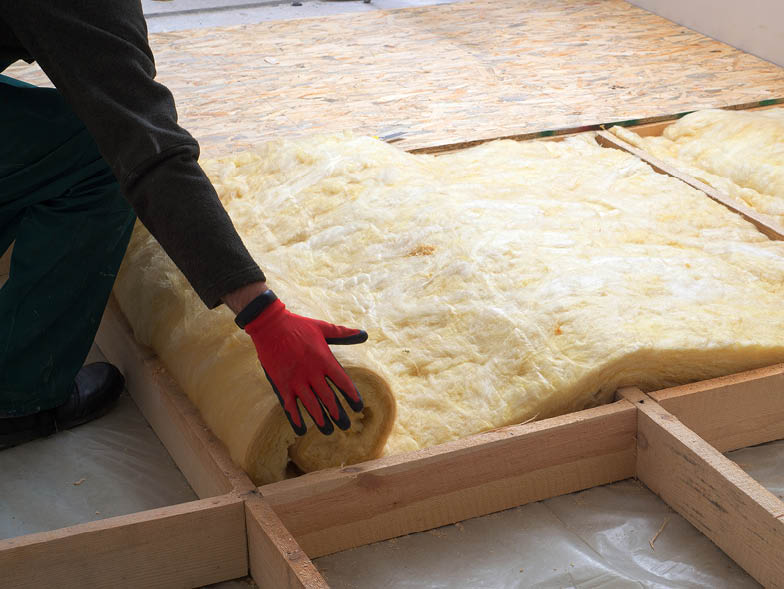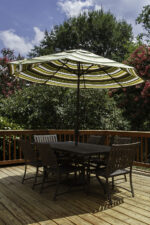How to Protect Your Home from Extreme Heat
With the onset of warmer weather comes the possibility of heat waves, periods of unusually hot weather that last more than two days. With heat waves in the United States becoming longer, more frequent, and more intense, it’s important to know how to protect yourself and your property from damage such excessive heat can cause. Below are some of the most effective ways to keep your home and the people in it cool and comfortable.

Insulate roof
According to the EPA, a properly insulated home can save homeowners approximately 15 percent a year on utilities. Roof insulation is perhaps the most important as it keeps the house cool by preventing heat transfer through the top of it. There many type of insulation, including spray foam, blanket batt, blown-in, structural insulated panels, and rigid insulation boards. Each option has its own pros and cons in categories like efficiency and cost.
Use a reflective roof coating
Because they absorb more light energy, dark roofs also naturally absorb a lot more heat. Conversely, reflective roof paint in a light color such as white reflects the sun’s heat, which will keep your roof cooler and help you save on energy consumption.

Use reflective window films
This form of solar control is a cost-effective way to shield your home from the sun, reducing your energy costs and preventing light from fading your furniture. According to the International Window Film Association, these films can block up to 80 percent of the sun’s heat.
Install external shades
Exterior window coverings provide not only privacy but also protection from heat. And because they block the sun before it hits the windows, they are much more effective than interior blinds or shades. Typically made of a coated polyester or fiberglass, they roll up like a valance at the top of a window and can be raised or lowered by hand.

Maintain your air conditioner
When the temperature spikes, air conditioning becomes crucial to maintaining a comfortable indoor climate. If you rely on central air, be sure to pay attention to the filters, coils, and coil fins: clean or replace filters every month or two when the air conditioner is in use, make sure there isn’t debris or dirt around the outdoor condenser coils to ensure proper ventilation, and use a fin comb to maintain the shape of the aluminum fins on your condenser. If your air conditioner stops lowering the temperature in your house efficiently, contact a professional service technician to service your unit.
Plant trees
Using trees and shrubs in your landscaping can have a cooling effect on your environment for a couple reasons. Both obviously can shield your home from the sun, but they also go through a process known as transpiration, which cools the surrounding air by moving and releasing water vapor. Because cooler air sinks, the temperature beneath trees can be as much as 25 degrees lower than temperatures above pavement. Deciduous trees are a great option when you want to block heat in the summer but encourage it to come through in the winter.
Swap out asphalt for grass block pavers
While concrete and asphalt are common choices for driveways, grass block pavers are more adept at keeping your driveway cool via transpiration from the grass. As a bonus, they slow down stormwater runoff and purify rainwater from pollutants.
A combination of these methods will keep your home cool, reduce utility costs, and keep you and your family safe and comfortable during periods of hot weather.


















